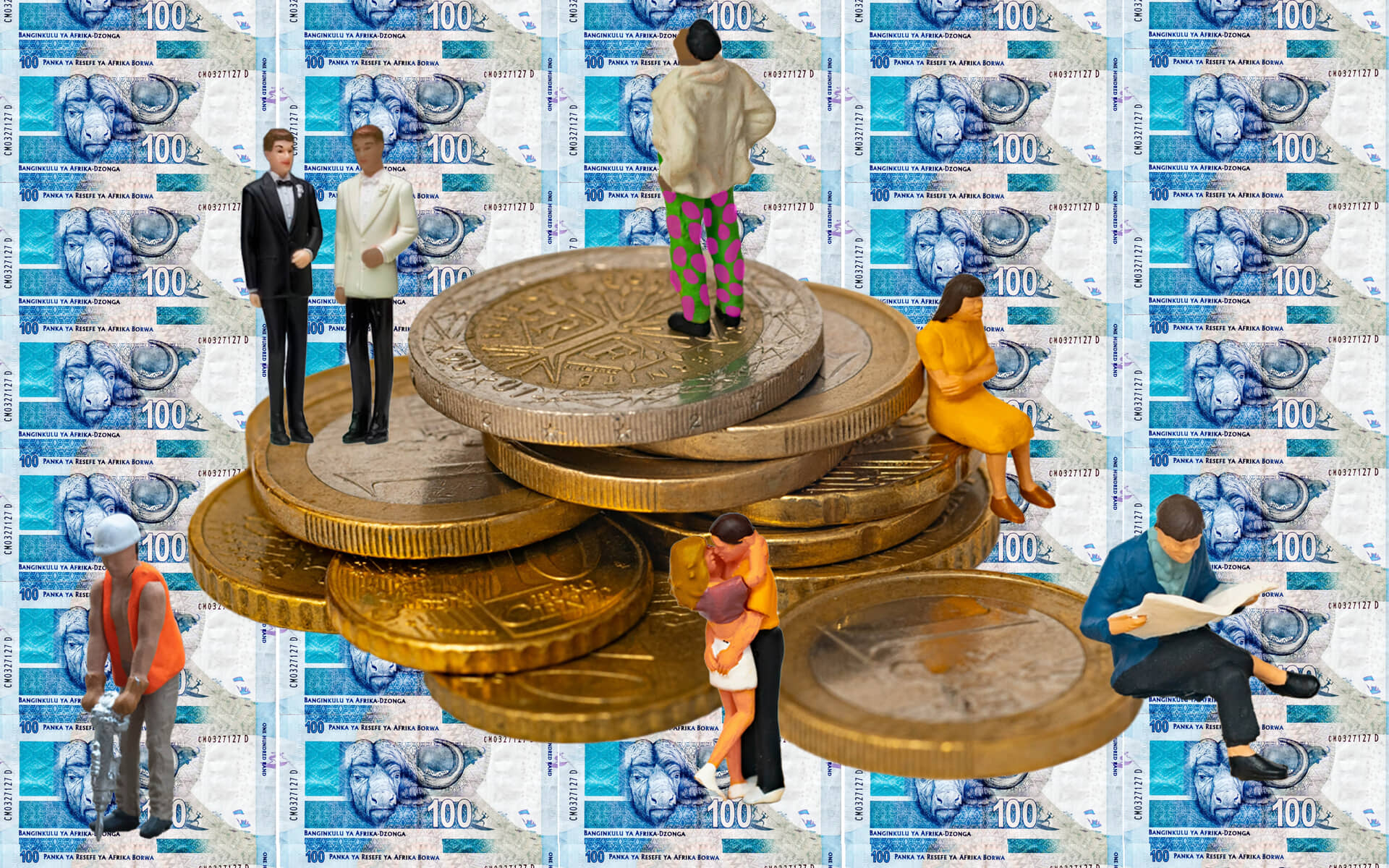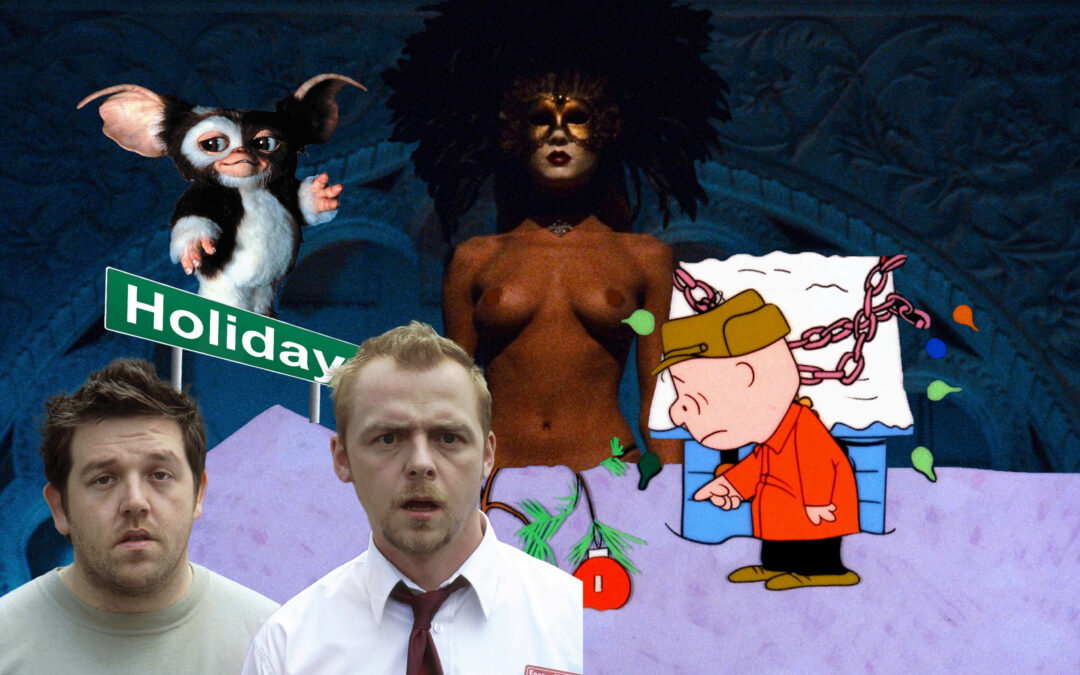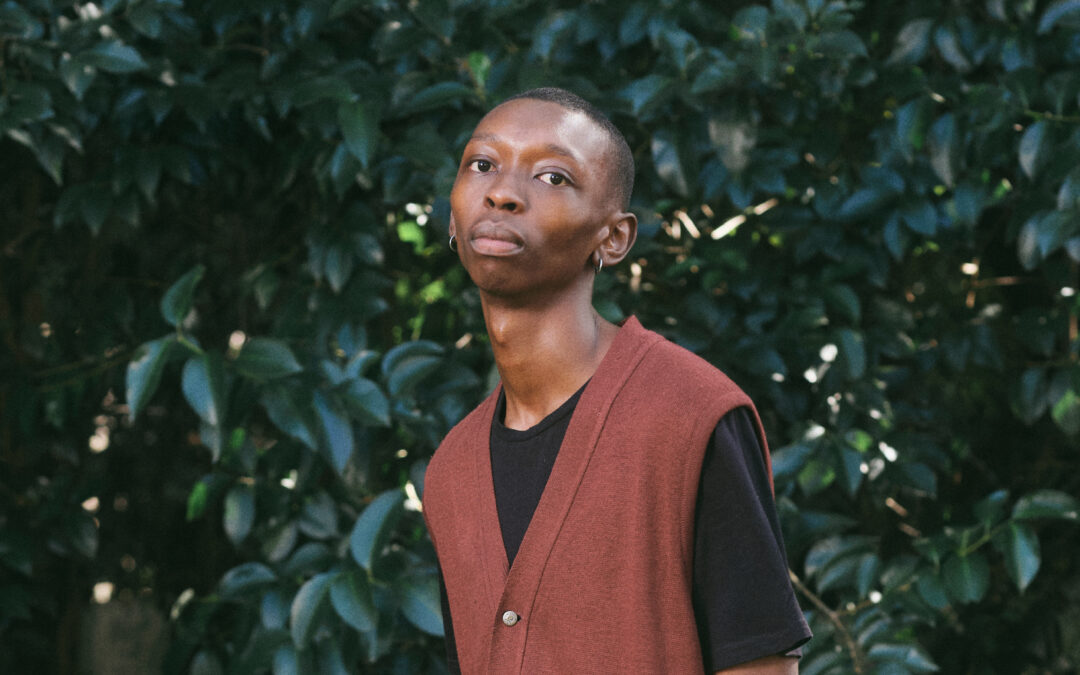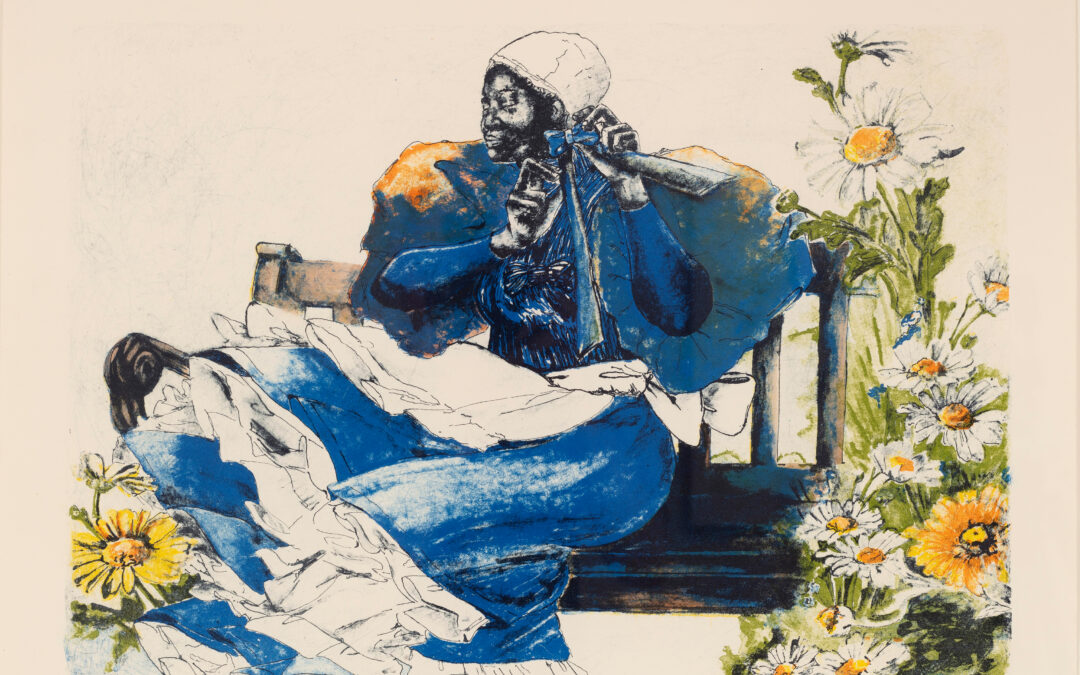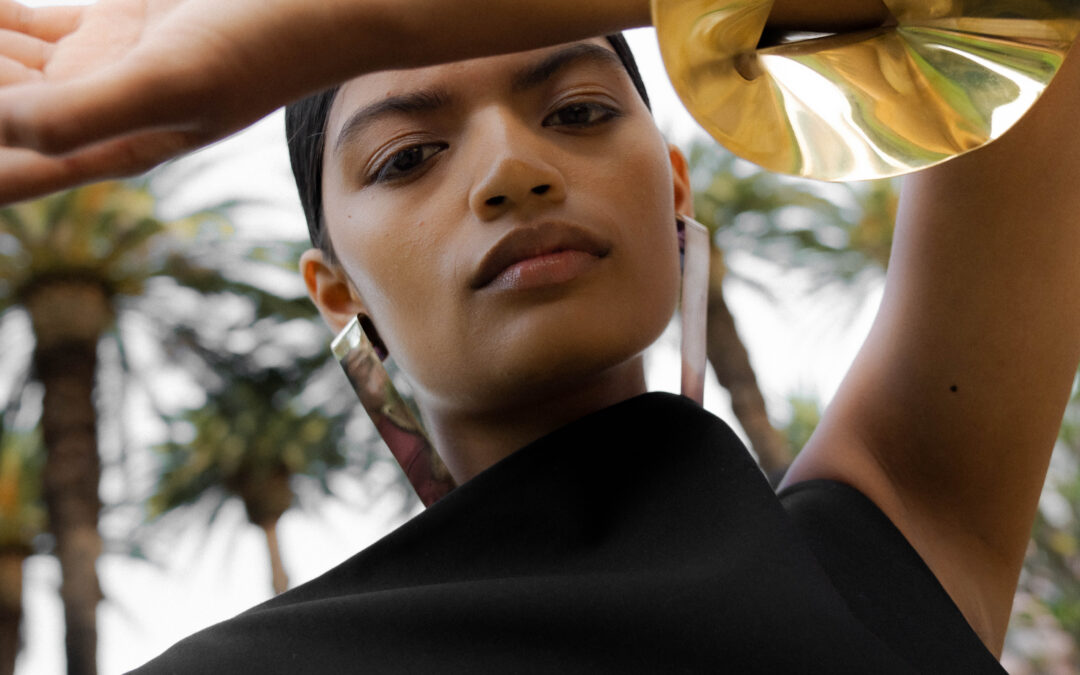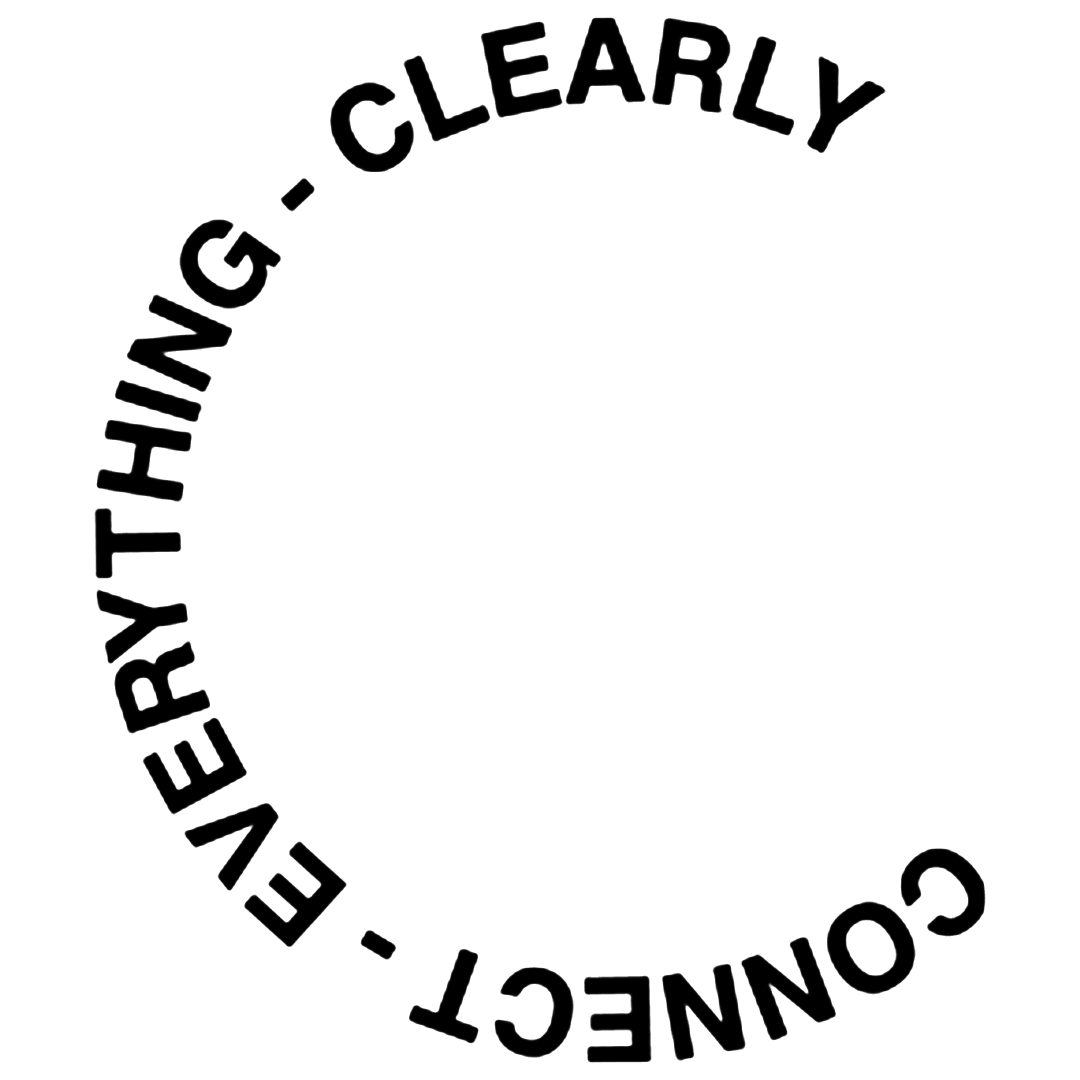We could all go without another economic obituary and as capital retreats, the creative industry is particularly primed for this moment. Our industry has always relied on community and collaboration as its nexus. Creatives are accustomed to working with limited resources—whether it’s budget constraints, supply chain disruptions, or shifting market demands.
This mindset of ‘making something from nothing’ positions us perfectly when the traditional models of production and consumption falter. The creative industry has always operated on a foundation of community and collaboration, often forming informal networks and collectives long before it became the norm in other sectors. I’d argue that the emergence of informal systems that are flexible, organic, and built on shared values—are actually foundational within the creative sector in South Africa.
Basically, we’re inherently suited for a time when reliance on rigid, centralised power structures becomes less than possible.
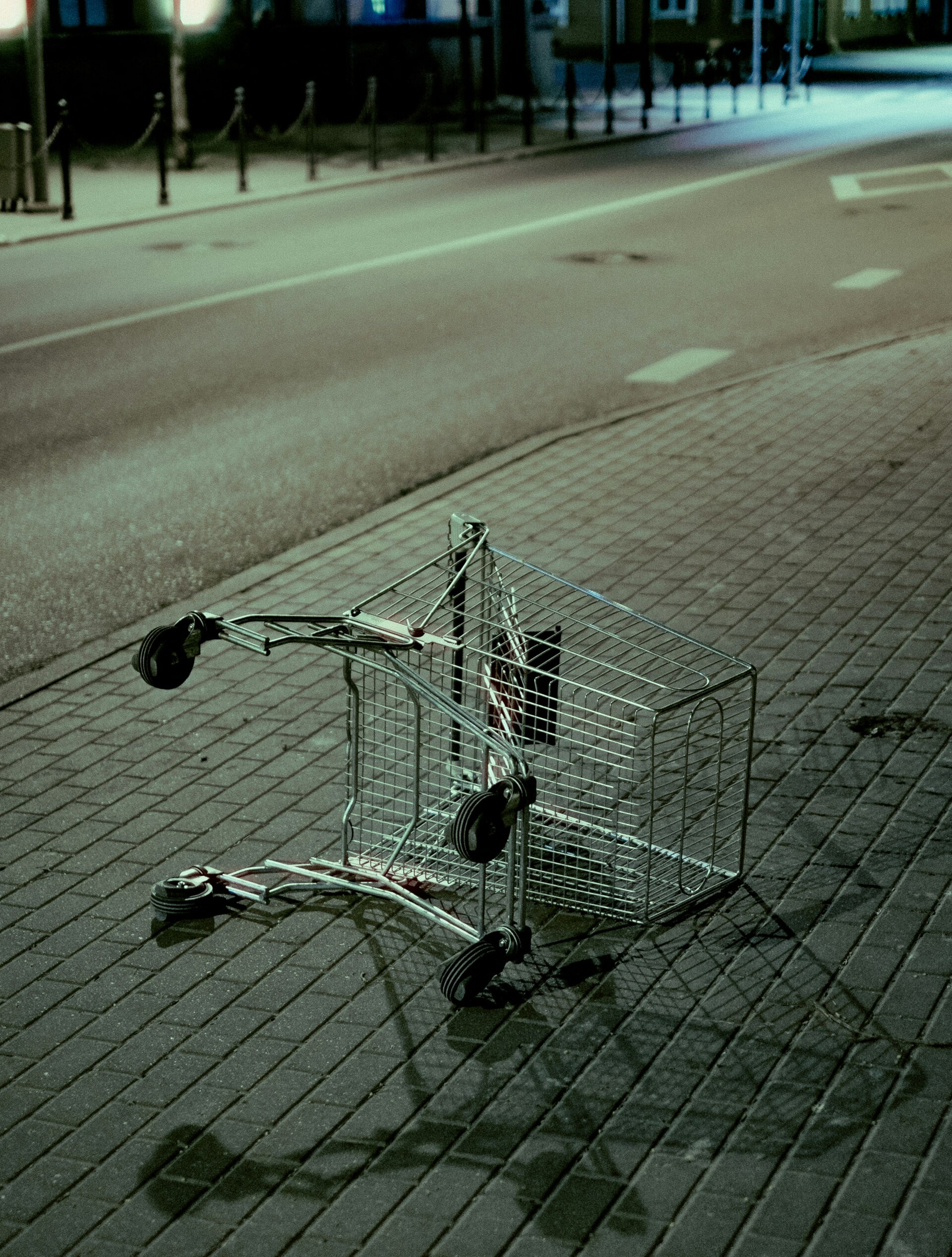
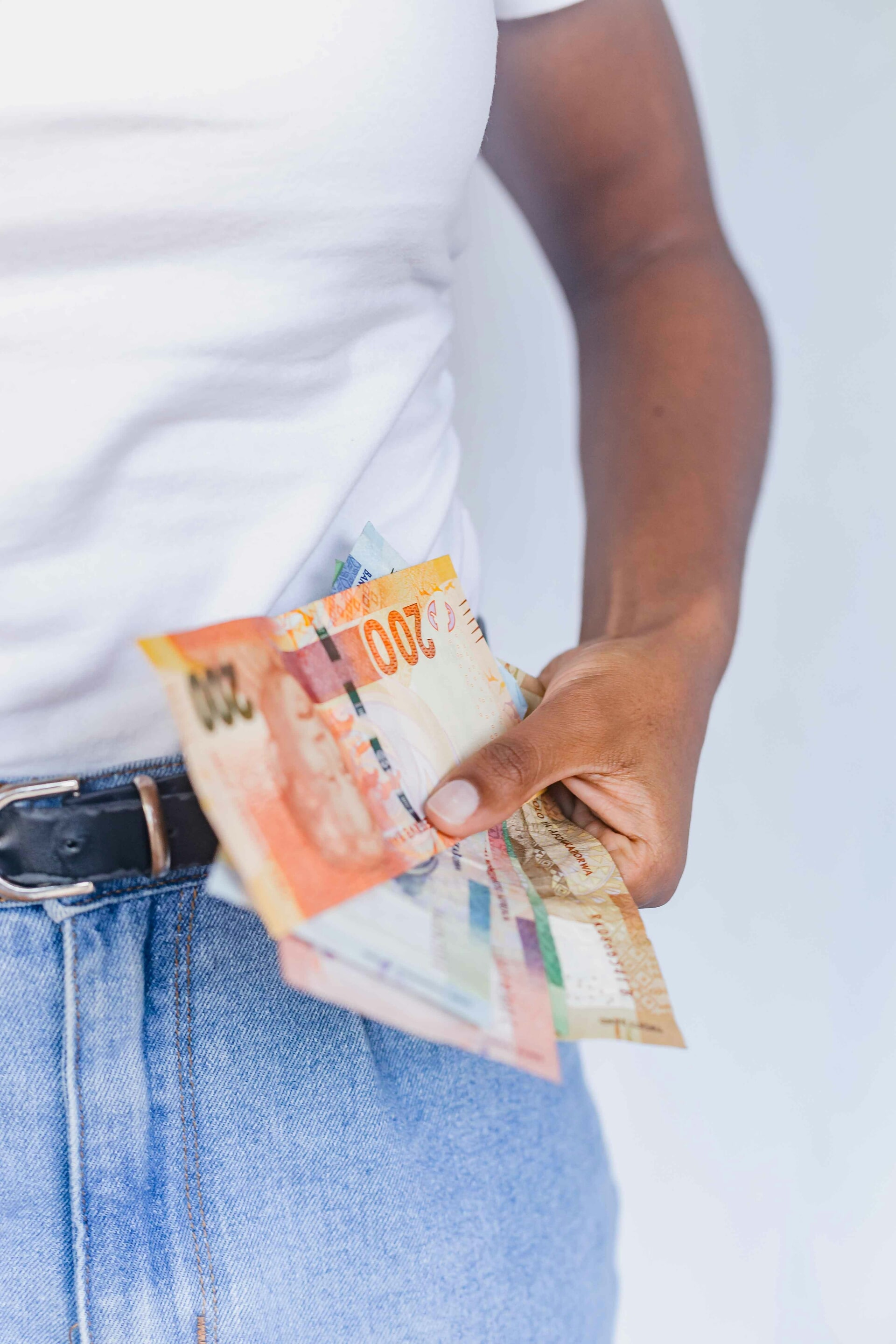
The current economic downturn is happening alongside massive shifts in global politics and trade. The fragility of global supply chains—exposed brutally by the pandemic—and now impeded upon by the Trump presidency’s imposition of tariffs, will continue to destabilise the world. For the creative industry, this signals a reckoning. The high-volume, low-margin model that has dominated fashion and content production is unsustainable, financially and ethically. We’ve long heard the call of this.
Brands that once relied on mass outsourcing must now rethink everything from sourcing to logistics, and this opens the door for more localised, slow, and transparent models.
One of the defining traits of creative resilience is the ability to value-hack—to reframe scarcity as strategy. In practical terms, this means a shift from ‘more’ to ‘enough.’ In the context of fashion, this would mean smaller collections, multi-use garments, recycled fabrications— the circular economies we have dreamed of— and for art, this would occur alongside pop-up studios, print-on-demand models, all led by artists and brands who can adapt quickly and lean into their limitations.
Perhaps the most exciting outcome of this moment is the inevitable resurgence of collectivism. In times of hardship, the myth of the lone genius crumbles, and leaning on one another for jobs, support and an expanded network is such that everyone gets to eat.
If there’s one thing we can count on in the face of tough financial times, it’s that creatives will keep showing up for each other. I reckon that in the face of uncertainty, we will actually see more spaces that facilitate support for creatives, being intentionally built from the ground up. I’d like to imagine a network of resource banks for stylists, or co-operative studios, tool libraries, and knowledge exchanges—whether online or IRL—scaled for people and accessibility. I think of Ryan Hing’s Evolve Studio, which offers slots, free of charge, for young creatives to experiment with their ideas. Ryan’s advocacy for community and knowledge sharing is something we could all take cue from, as it lays the foundation for a new model of creative kinship.
Interdependence as a value is so recession-core, babe. As Baba Mosia says, ‘tough times never last, only tough people do’.
As always, there’s a political undercurrent here, of course; as wealth inequality grows and the billionaire class remains protected, the rest of us are left to build new economies of care and connection. In the context of contemporary creative economies, especially those formed in response to precarious financial conditions, Sara Ahmed’s theory of affective economies provides a compelling lens beyond the financial. We have to find new ways to engage in value exchange, beyond money, and into modes of expression such as care and emotion. In these spaces, as Ahmed writes in The Cultural Politics of Emotion, “emotions do things,” circulating between bodies and signs, shaping both subjectivities and collectivities. A tee, or a collectively made zine, generates connection, belonging, and sometimes necessary dissent. This relational, emotional labour becomes a type of value in itself. Within this framework, the creative act becomes a site of affective circulation—in which emotion becomes both the message and the medium.
In South Africa, we know that formal infrastructures often fail to support emerging creatives, and such affective economies are especially powerful. Collectives like Broke, that operate as cultural ecosystems built on shared feelings—of frustration, pride, resistance, and hope—show us that affective economic thinking is a key to unlocking opportunity in SA’s creative future. When Broke drops a product, it signals allegiance and joy under pressure. Here, financial success is a byproduct, and in our country, it’s especially true that emotion circulates as capital and cultural production is a powerful, collective act for us all. Recession-era creativity is rarely flashy, and it’s almost always a route to making meaning under pressure; despite the difficulties of the times.
Currently, we are part of a generational shift, too, in how we define success and sustainability. Younger creatives have opted out of traditional pathways and the pandemic changed the face of work forever. We are seeing an emergence of what theorist Silvia Federici called a “reproductive commons,” in which energy and labour are redirected toward sustaining life—emotional, material, artistic—outside the extractive logic of capital. In these commons, care can actually be built into the infrastructure of our industry through how we choose to create our brands, collectives, or careers. How beautiful is that?
In the end, what this moment asks of us is courage. Courage to imagine beyond market metrics, courage to centre the soft, the slow, and the shared. We are being called to build economies that account for feelings and co-dependence—currencies that aren’t part of quarterly reports (though important, too), and define the way we survive and thrive together. People turn to culture for both escape and reflection, and the creative industry is already in the business of providing that space.
Ultimately, the creative industry has the agility, the shared purpose, and the emotional intelligence to lead in moments of crisis. While other sectors may falter under the weight of economic shifts, creatives are already accustomed to thriving in uncertainty—we’ve always known how to make magic from scraps. This time, we’re going to throw everything at the wall—and see what sticks.
Written by Holly Beaton
For more news, visit the Connect Everything Collective homepage www.ceconline.co.za

